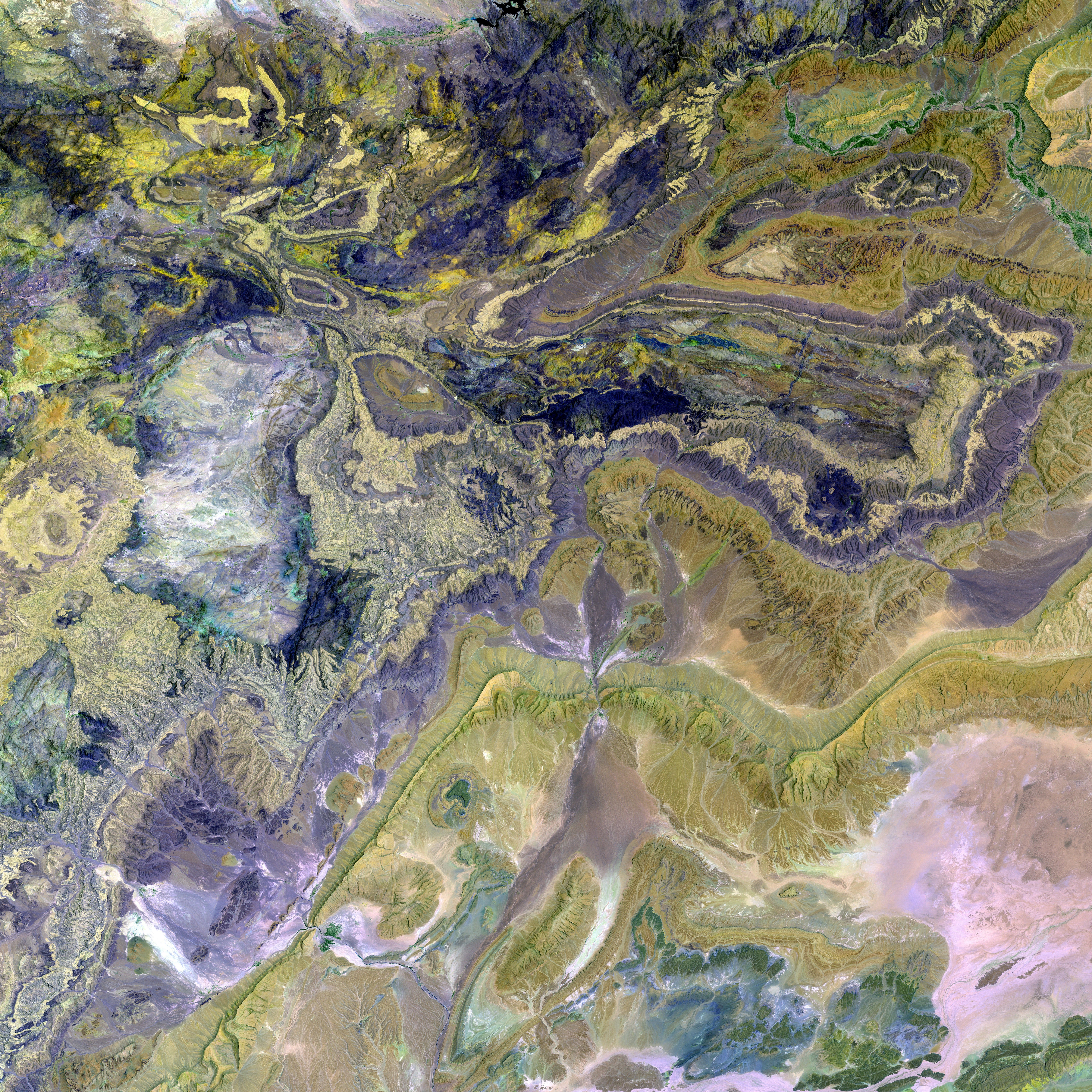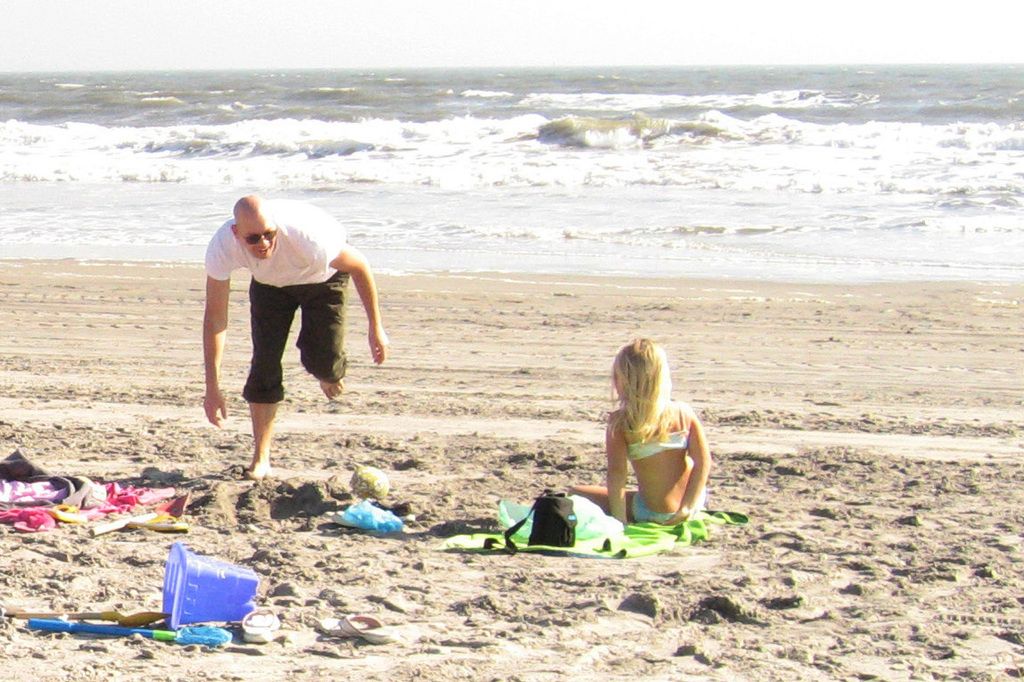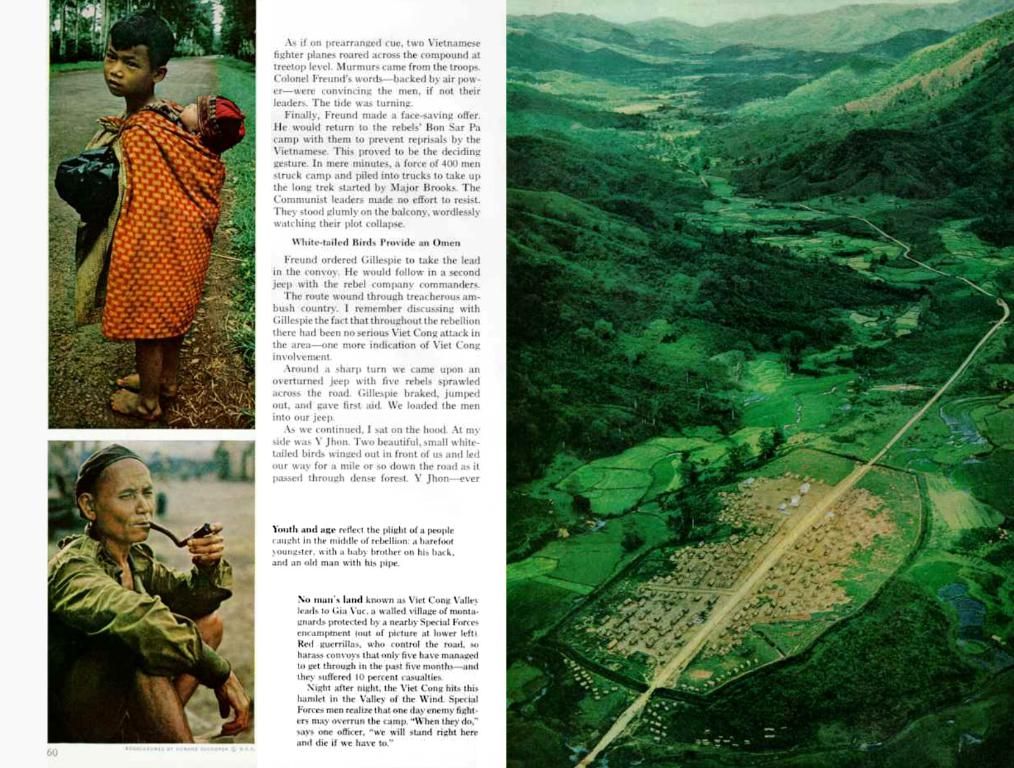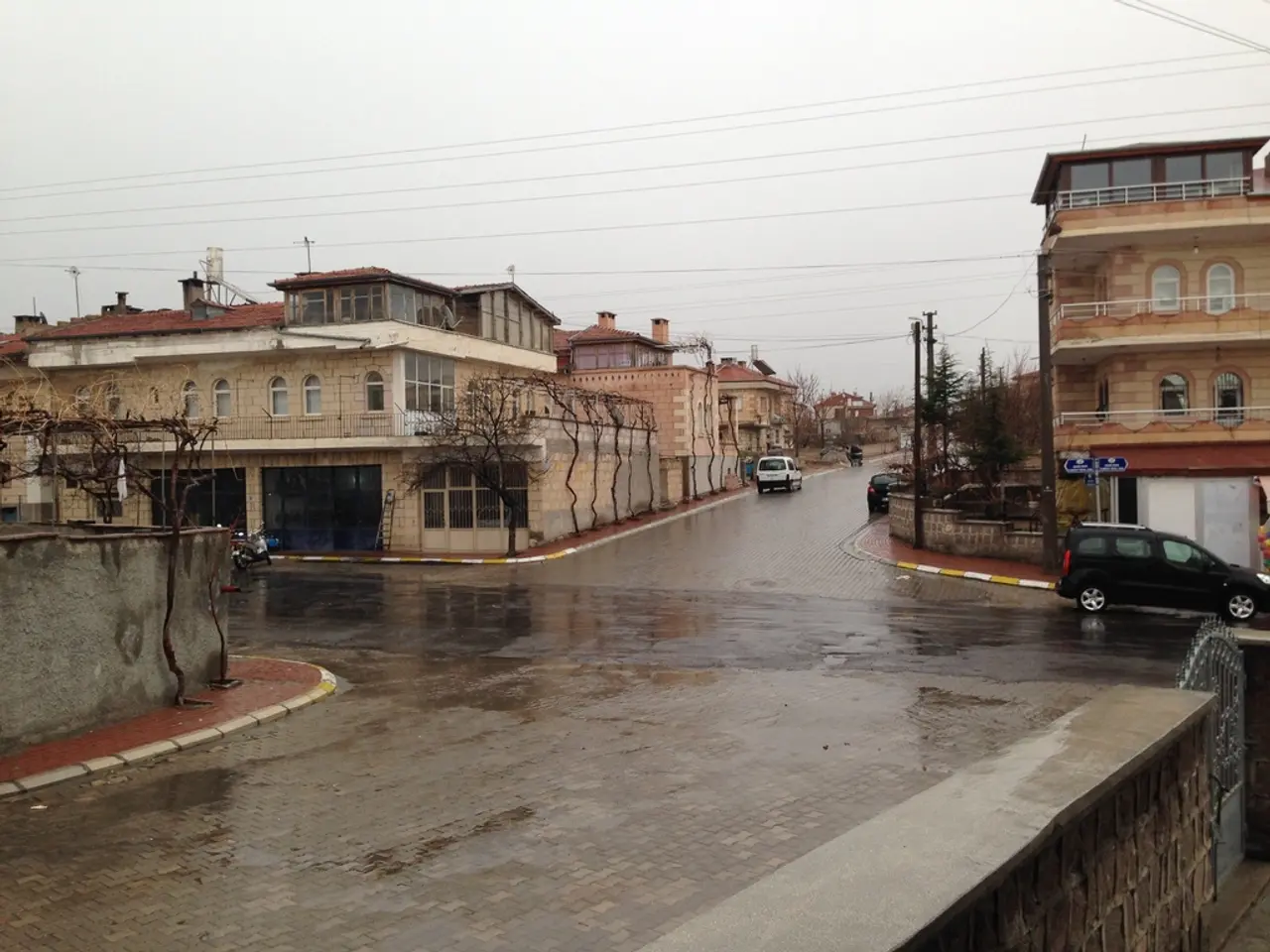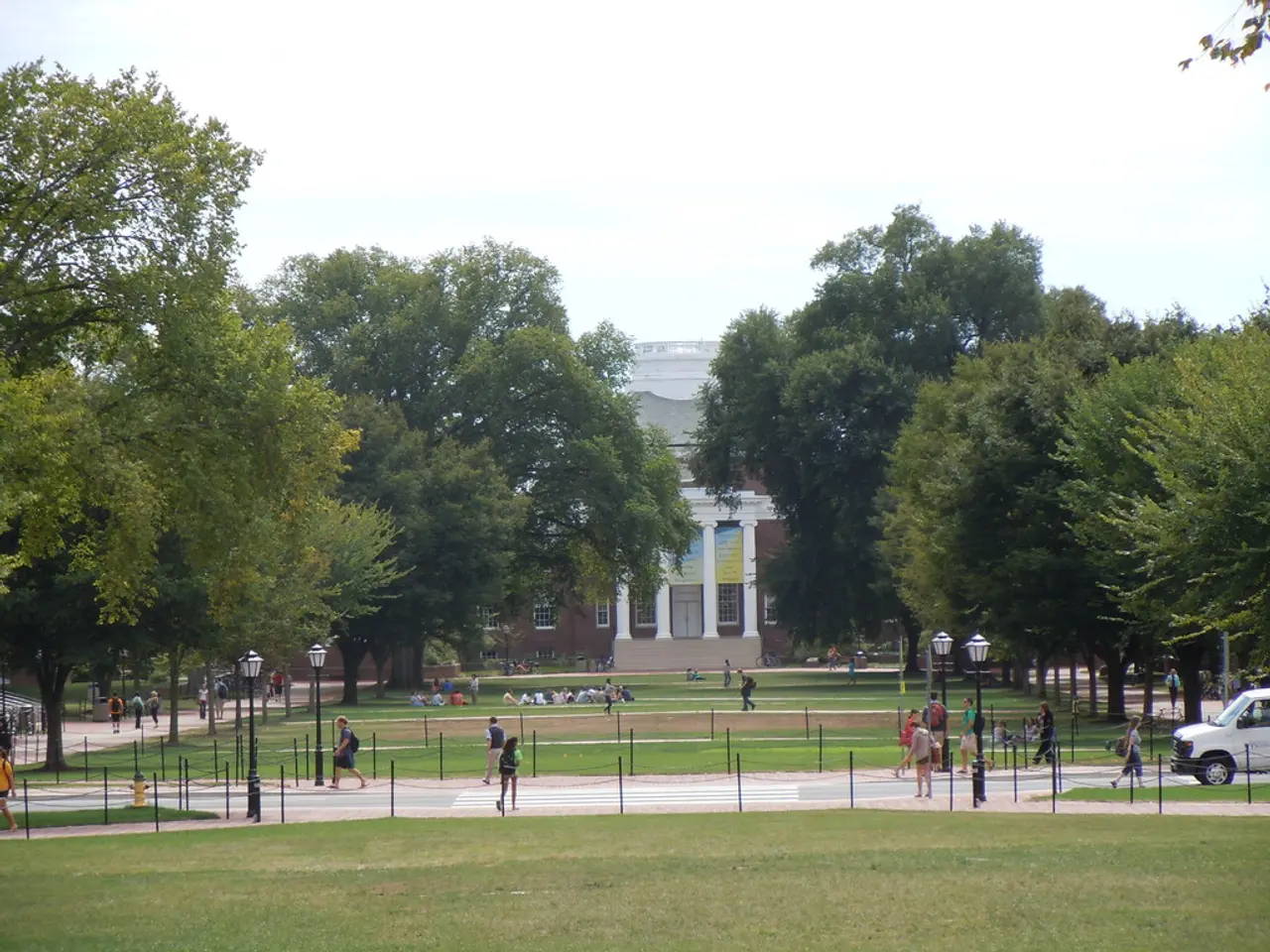Avoiding AI for Your Outdoor Expedition Planning: Crucial Reasons Explained
Planners Relying on AI for Outdoor Escapades Disappointed
In an era where convenience seems to reign, AI-powered suggestions for outdoor adventures may appear as perfect solutions. Simply enter a query like "top hikes near me," and a variety of trails appear at a glance. However, a disappointing reality lies behind this seemingly effortless guidance.
The root of frustration arises from the fact that AI lacks the human element of understanding the essence of adventure. While it can offer a selection of trails, it fails to unveil the hidden gems that escape the realm of popular tourist spots. For a truly memorable experience, seeking guidance beyond an algorithm is essential.
The following reasons underscore the case for bypassing AI-generated recommendations when planning outdoor escapades:
- Mundane, Repeated Recommendations
Limited effort often results in limited outcomes. AI-generated proposals consist of the most well-traveled trails, often missing the more spectacular and picturesque options. Remember, AI doesn't have personal experiences, so it can't suggest trails based on its own encounters with nature's grandeur.
- Inaccurate Information
Occasionally, AI misses the mark (a phenomenon referred to as AI hallucinations). One may assume the presented trail statistics are accurate, but investigating further reveals errors. For instance, Avalanche Lake via Trail of Cedars is not 4.5 miles as AI suggests; it is actually listed as 5.9 miles on AllTrails and measures closer to 6 miles when hiked in reality.
- Ignorance of Current Conditions
Neglecting current conditions can be disastrous for a trip's success. In some cases, AI fails to inform hikers about trail closures, as happened with the closure of Many Glacier during 2025. This closure added almost 1.5 miles to the Iceberg Lake hike, transforming a 9.6-mile trek into an over 12-mile journey. Additionally, trailhead shutdowns can lead to chaotic parking situations.
- Lack of Geographical Knowledge
AI doesn't have the ability to recognize or navigate real-world geography. It relies on patterns derived from an algorithm rather than maps, leading to a trail recommended far from the desired location. This shortcoming can significantly impact day-planning or time-bound itineraries.
- Support the Outdoor Community
While AI can offer a rough starting point, it cannot replicate the depth of knowledge provided by local adventurers. By conducting your own research, you'll access more current information and personal insights from local travel bloggers, outdoor writers, and hikers. These individuals have firsthand experience of the trails and local conditions, ensuring their advice is often more accurate and timely than AI suggestions.
In conclusion, while AI-generated recommendations can provide an initial plan for outdoor adventures, they fall short when compared to the expertise and nuanced understanding offered by local experts and personal research. For critical and less frequented areas, AI's limitations become particularly apparent, and direct guidance from seasoned adventurers becomes all the more important.
- Despite the convenience of AI recommendations for backpacking and hiking trails, its inability to comprehend the essence of adventure leaves explorers yearning for a more authentic experience.
- AI's tendency to propose mundane, repeated recommendations can overshadow the lesser-known but breathtaking trails that truly inspire, as it lacks personal experiences to guide its suggestions.
- Inaccuracies in the information provided by AI, often referred to as AI hallucinations, can prove frustrating for travelers seeking accurate trail statistics, with distances sometimes significantly diverging from the truth.
- AI's lack of geographical knowledge and its reliance on patterns rather than maps can lead to trails being recommended far from the desired location, impacting day-planning and itineraries significantly. By directly seeking advice from local experts, travelers can ensure a more accurate and up-to-date plan for their outdoor escapades.
Moreover, supporting the outdoor community and relying on local adventurers, travel bloggers, and outdoor writers for advice extends beyond adventure planning. It offers a meaningful contribution to home-and-garden and lifestyleblogs focused on outdoor-living, sports, and travel, cultivating a richer and more immersive understanding of adventure.
